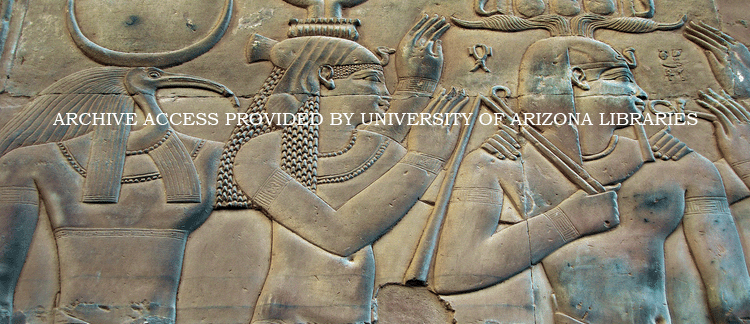Abstract
This article examines instances of ceramics from the Classic Kerma state in modern-day Sudan found in Egypt during the Middle Bronze Age. Moving beyond traditional colonial and ethnic interpretations of this material, I argue that the inherently sensorial and bodily aspects of these vessels in Kerman eating and drinking practices made these objects appealing for experimentation with Egyptian audiences. Commensality in social reception and hospitality between Kermans and Egyptians is argued to be a primary means through which these objects and practices were exchanged and experimented with. These instances of commensality worked to construct, maintain, and negotiate social bonds and relationships during intercultural encounters and processes such as migration, trade, and diplomacy between Egyptian and Kerman populations.
How to Cite
Walsh, C., (2018) “Kerma Ceramics, Commensality Practices, and Sensory Experiences in Egypt During the Late Middle Bronze Age”, Journal of Ancient Egyptian Interconnections 20(1), 31-51.
590
Views
236
Downloads
